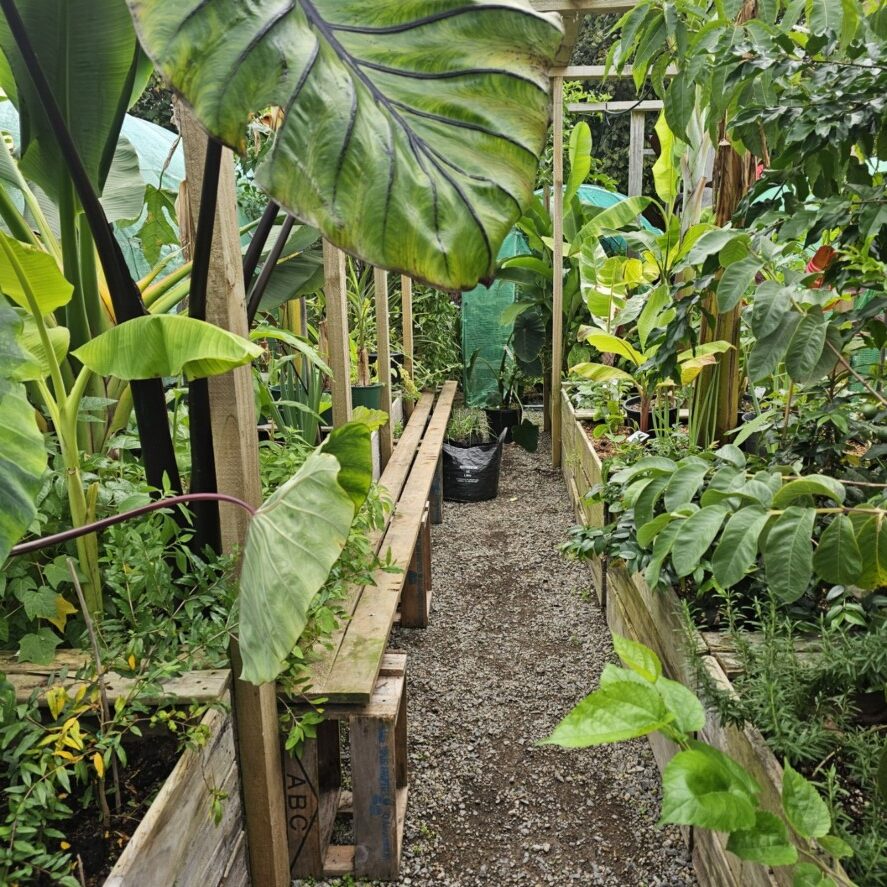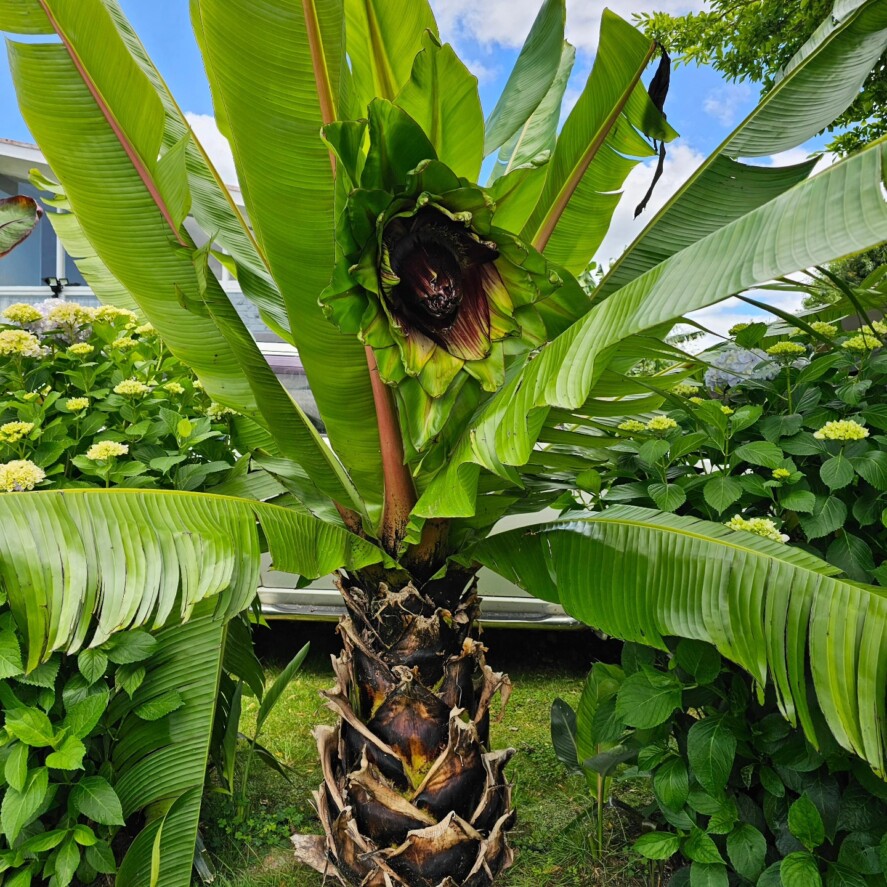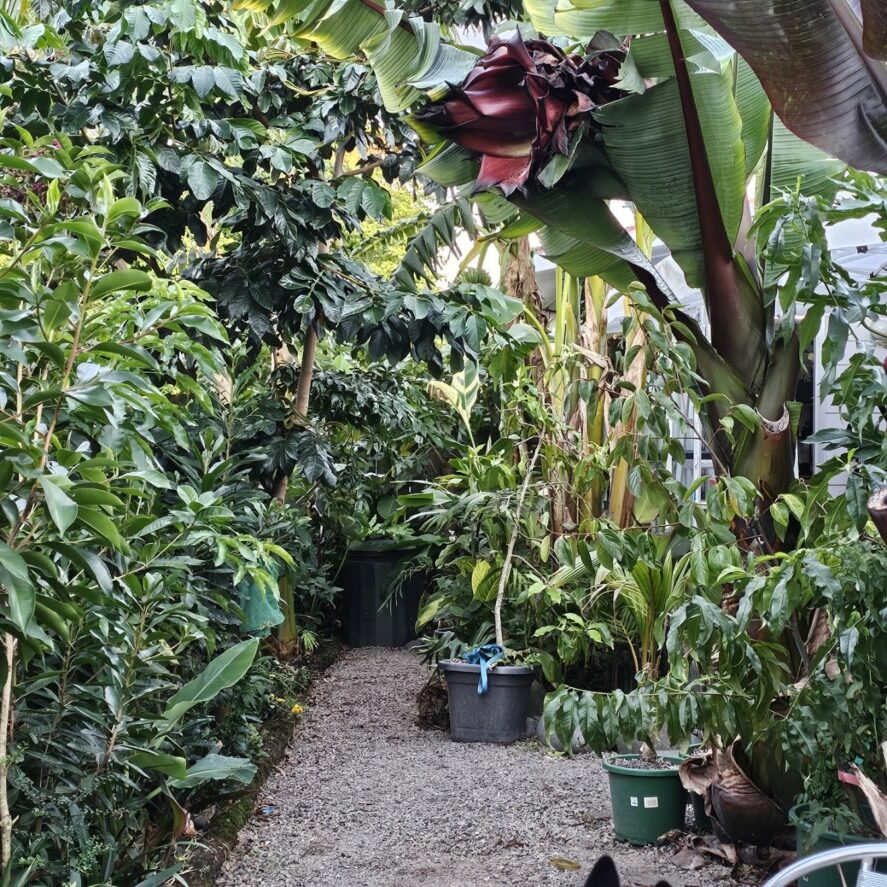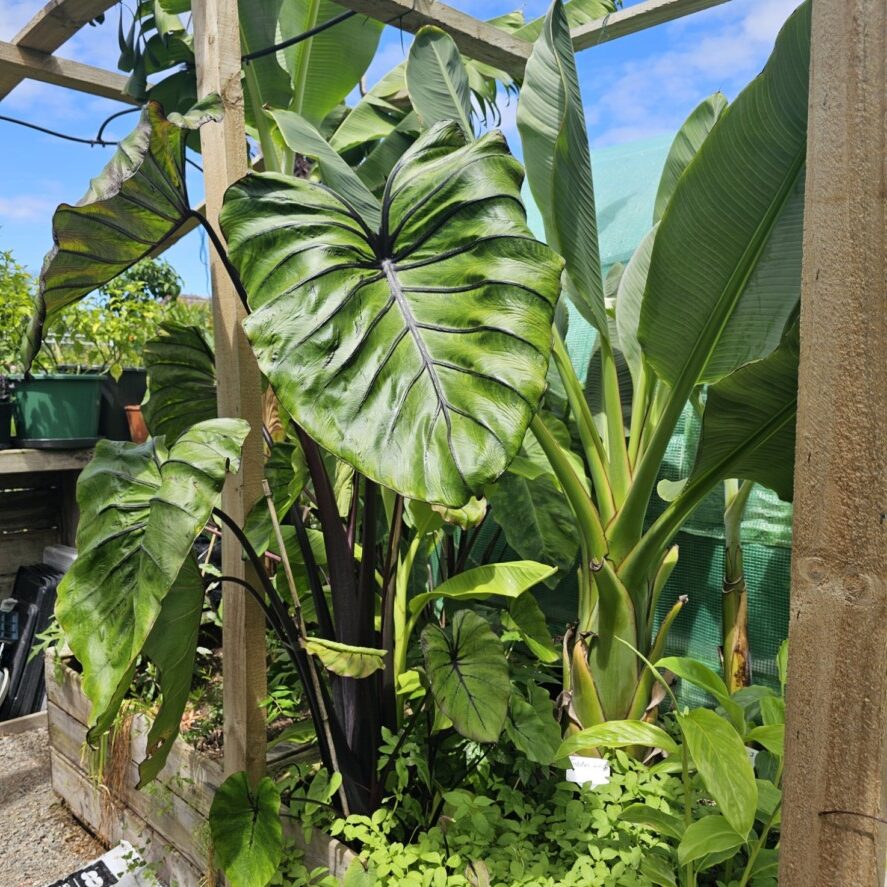-
Initiatives and Collaboration
- Events and Community Engagement
- Crop Swap Te Puke
- Food Resilience School NZ
- Food Forests of New Zealand (www.foodforests.nz)
- Nursery Map - Plant Suppliers of NZ Directory (www.nurserymap.nz)
- Te Puke Community Garden
- Te Puke Digital
- Te Puke Region Food Co-op
- TROPPO’s Food Forest in Te Puke, BOP (wwwfoodforest.org.nz)
- TROPPO's Nursery Directory
- Troppo’s Plant Collection
- Vector Group Charitable Trust (Umbrella)
Asparagus – Nutrient-Rich Perennial Superfood for Sustainable Growing
Just think about incorporating asparagus into your garden as a nutrient-rich perennial superfood; it offers incredible health benefits while being remarkably easy to grow sustainably. This versatile vegetable is packed with important vitamins, minerals, and antioxidants that can enhance your diet and overall well-being. By choosing to cultivate asparagus, you not only enjoy its unique flavor but also contribute to a more sustainable food ecosystem. In this post, you will discover the key benefits of asparagus and tips on how to grow it effectively in your backyard.
Botanical Characteristics and Growing Requirements
To cultivate a thriving asparagus crop, you need to understand its unique botanical characteristics and specific growing requirements. This hardy perennial is renowned for its slender, green spears that emerge from underground crowns. Preferring well-drained soils and ample sunlight, asparagus thrives when planted in a setup that allows for good air circulation and moisture retention.
Plant Description and Taxonomy
Between the Asparagus officinalis species and its various cultivars, you will discover a rich variety of textures, colors, and flavors. This perennial plant belongs to the Asparagaceae family and produces delicate, fern-like foliage that complements its delicious shoots. Understanding these details allows you to select the best variety for your garden.
Climate and Soil Preferences
On the growing front, asparagus flourishes in areas with moderate climates, requiring well-draining, sandy loam or silt soils enriched with organic matter. This combination ensures optimal growth and deep-root establishment, enabling plants to withstand seasonal changes.
This climate preference allows asparagus to relish in warmth while being sensitive to frost. Ideally, you should aim for temperatures between 70°F to 85°F during the growing season. In the matter of soil conditions, asparagus thrives in slightly acidic to neutral pH levels (6.0 to 7.0) with good drainage. Ensure you incorporate plenty of organic matter, such as compost, to enhance your soil structure and fertility, which will support your asparagus plants throughout their growing cycle.
Nutritional Profile
The nutritional profile of asparagus is impressive, boasting a low-calorie count while being packed with important nutrients. This perennial vegetable is a rich source of vitamins A, C, E, and K, as well as fiber and folate, making it an excellent addition to your diet. Incorporating asparagus into your meals not only enhances flavor but also provides your body with the fuel it needs for optimal performance.
Essential Vitamins and Minerals
Against the backdrop of many vegetables, asparagus stands out for its abundant supply of important vitamins and minerals. It provides significant amounts of vitamin K, which is vital for bone health, along with folate, which plays a key role in DNA synthesis and repair. Consuming asparagus also supports your immune system, thanks to its high vitamin C content.
Antioxidants and Bioactive Compounds
Between its vibrant green stalks lies a treasure trove of antioxidants and bioactive compounds that protect against oxidative stress. These compounds not only enhance your overall health but also improve your well-being by combating inflammation. By adding asparagus to your meals, you’re tapping into natural defenses that your body needs to thrive.
Another interesting aspect of asparagus is its array of health-boosting antioxidants, such as quercetin, kaempferol, and saponins, which function to neutralize harmful free radicals in your body. These bioactive compounds may contribute to reducing the risk of chronic diseases such as heart disease and cancer. Regular consumption of asparagus can help you attain a healthier lifestyle, empowering your body with the protective benefits that come from nature’s bounty.
Sustainable Cultivation Practices
Clearly, adopting sustainable cultivation practices for asparagus not only ensures the health of your garden but also contributes positively to the environment. Utilizing natural fertilizers, crop rotation, and integrating organic pest management techniques will enhance soil health and promote biodiversity while reducing your reliance on synthetic chemicals. This holistic approach not only yields a bountiful harvest but also supports ecosystem sustainability, making your asparagus beds resilient against pests and diseases.
Establishing Asparagus Beds
Practices for establishing asparagus beds begin with selecting a sunny location and preparing the soil by incorporating compost and well-rotted manure for enhanced fertility. Ensure that the beds drain well to prevent root rot and consider planting in rows for easier maintenance. Ideally, you want to plant healthy crowns during early spring, giving your asparagus a solid start in its new environment. Proper spacing will encourage air circulation, reduce competition, and allow your plants to thrive.
Long-term Maintenance and Care
The longevity of your asparagus beds relies on consistent maintenance and care throughout the growing season. Regularly monitor your plants for signs of pests or diseases, and apply organic treatments as needed to keep them healthy. Ensure you provide adequate water, especially during dry spells, while avoiding overwatering that can lead to root issues. Additionally, applying mulch will help suppress weeds, maintain soil moisture, and contribute organic matter as it decomposes.
At the heart of long-term maintenance and care is understanding the growth cycle of your asparagus. Asparagus plants require minimal disturbance, so avoid tilling the soil around established crowns. After the initial growing season, allow the ferns to flourish; they are vital for photosynthesis and nutrient storage. During the fall, cut back the ferns to encourage new growth in spring, and be sure to keep weeds at bay for reduced competition. Regularly applying a layer of compost will not only nourish the soil but also boost your asparagus plants’ health, ensuring a productive and sustainable harvest for years to come.
Harvest and Post-harvest Management
All aspects of harvesting and post-harvest management play a significant role in ensuring the quality and longevity of your asparagus. By implementing proper techniques and practices, you can maximize your yield and maintain the freshness of your asparagus while minimizing waste. Understanding the right timing and methods for harvesting ensures you are effectively caring for this nutrient-rich perennial superfood while supporting sustainable growing practices.
Optimal Harvesting Techniques
Any successful asparagus grower knows that timing is everything when it comes to harvesting. Begin harvesting when the spears reach about 6-8 inches in height; this is indicative of peak flavor and tenderness. Use a sharp knife to cut the spears at ground level, leaving the remaining plant healthy for future growth. Be sure to harvest frequently during the peak growing season to encourage new shoots to develop, maximizing your harvest.
Storage and Preservation Methods
Harvest your asparagus with care, as proper storage methods enhance its freshness and nutritional value. Indeed, after harvesting, place your asparagus spears upright in a container with about an inch of water, covering them with a plastic bag to maintain humidity. This simple method allows them to remain crisp for longer. For extended preservation, you may choose to blanch asparagus before freezing, which helps retain its vibrant color and nutritional content. Additionally, storing asparagus in the refrigerator ensures it stays fresh, while canning or pickling are great options for longer-term use.
Health Benefits and Medicinal Properties
Keep in mind that asparagus is more than just a delicious vegetable; it’s a nutrient powerhouse packed with vitamins, minerals, and antioxidants. Rich in folate and vitamins A, C, and E, it aids in overall health and well-being. The presence of glutathione supports detoxification, while its fiber content enhances digestion. Incorporating asparagus into your diet can significantly boost your nutritional intake, making it a great choice for those seeking to live a healthier lifestyle.
Disease Prevention
Before plunging into the myriad benefits of asparagus, it’s necessary to highlight its role in disease prevention. Asparagus is rich in nutrients and is known for its potential to reduce the risk of chronic diseases. Its high antioxidant levels can combat oxidative stress, helping to protect your body from conditions such as heart disease and certain cancers.
Digestive Health and Immune Support
Behind its delicious taste, asparagus offers superb benefits for your digestive health and immune support. This vegetable contains prebiotic fiber, which promotes the growth of beneficial gut bacteria, revitalizing your digestive system. Asparagus is also rich in vitamins and minerals that help strengthen your immune system, allowing your body to fight against infections more effectively.
Understanding the importance of asparagus for your digestive health and immune support is vital for optimizing your well-being. With its rich content of inulin, a type of prebiotic fiber, asparagus enhances gut microbiota, promoting healthy digestion. Additionally, its abundance of antioxidants and vitamins A, C, and E plays a key role in bolstering your immune defense. By including asparagus in your diet, you not only enjoy a delightful culinary experience but also actively support your body’s ability to fend off diseases.
Economic Aspects
Many factors contribute to the economic viability of asparagus as a perennial crop. Its relatively low maintenance requirements and ability to produce over numerous years make it a smart choice for sustainable agriculture. With increasing consumer demand for healthy and organic foods, asparagus farms can tap into growing markets and potentially achieve profitable returns on investment.
Market Value and Demand
Above all, the market value of asparagus has seen significant growth due to its rising popularity as a health-conscious vegetable. The demand for fresh and locally sourced produce has opened new opportunities for growers, and this trend is likely to continue as consumers prioritize nutritional benefits.
Commercial Production Considerations
For anyone considering commercial asparagus production, understanding the nuances of proper growing techniques is important. Factors such as soil quality, irrigation methods, and pest control can significantly affect your crop yield and profitability. It’s vital to implement thorough planning and management practices to ensure successful cultivation and maximize your returns over the long-term.
To excel in commercial asparagus production, you should invest in quality seed varieties and ensure that you arrange for proper soil testing. Selecting disease-resistant varieties and following sustainable irrigation practices will minimize risks. Additionally, being aware of local market trends can enable you to seamlessly adapt your production to meet consumer preferences. Engaging in regular crop rotation and maintaining organic practices can also enhance your marketability while fostering long-term soil health.
Conclusion
Hence, incorporating asparagus into your garden not only offers you a nutrient-rich superfood but also promotes sustainable growing practices. By cultivating this perennial vegetable, you benefit from its exceptional vitamins and minerals while encouraging biodiversity in your growing space. As you enjoy the delicious, tender spears during the harvest season, you can also take pride in nurturing a resilient and low-maintenance crop that lasts for years to come, enhancing both your diet and your gardening experience.









